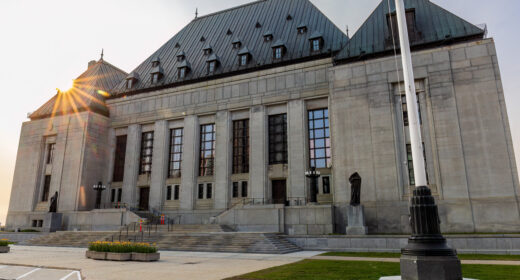Canada has recently seen additional significant legislative changes proposed in relation to intellectual property (“IP”). On Thursday October 23, 2014, Joe Oliver, the Canadian Minister of Finance, introduced Bill C-43, also known as the Economic Action Plan 2014 Act, No. 2., to Parliament for First Reading. The budget Bill includes, among other items, important changes that will have a significant impact on Canadian industrial design and patent laws.
The proposed amendments are primarily intended to bring the Industrial Design Act into harmony with the Geneva Act of the Hague Agreement Concerning the International Registration of Industrial Designs, as well as to make the Patent Act consistent with the Patent Law Treaty (PLT). At the beginning of the year, on January 27, 2014, the Minister of Foreign Affairs tabled five intellectual property treaties, intended to harmonize IP requirements and procedures internationally, in Parliament. The treaties addressed in Bill C-43 were the two remaining treaties to be addressed by Parliament this year. Three other IP treaties, including the Madrid Protocol, the Singapore Treaty, and the Nice Agreement, were addressed earlier in Bill C-31, which introduced proposals for sweeping changes to the Trade-marks Act.
The Bill summary notes that amendments to the Industrial Design Act include provisions relating to the contents of an application for the registration of a design, requests for priority, and the term of an exclusive right for a design. Amendments to the Patent Act include reducing the requirements for obtaining a filing date in relation to a patent application, requiring that an applicant be notified of a missed due date before an application is deemed to be abandoned, and providing that a patent may not be invalidated for non-compliance with certain requirements relating to the application.
The proposed amendments are extensive. While they reflect the government’s commitment to modernizing Canada’s IP regime, aligning it with international best practices, as well as removing cost and administrative burden for businesses, they may go beyond their intended purpose.



